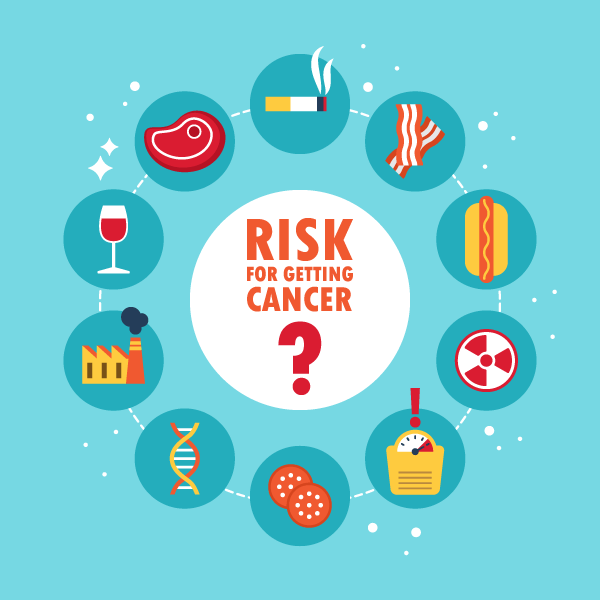
The quick summary is that this is a good news story, the number of people dying of cancer each and every year is declining. We know this because each year, the American Cancer Society estimates the numbers of new cases and deaths that will occur in the United States and compiles the most recent data on cancer incidence, mortality, and survival, hence we can look back and see the overall trend.
Cancer statistics, 2019
Key Highlights
- Over the past decade of data, the cancer incidence rate (2006‐2015) was stable in women and declined by approximately 2% per year in men.
- The death rate (2007‐2016) declined annually by 1.4% and 1.8%, respectively.
- The overall death rate dropped continuously from 1991 to 2016 by a total of 27%
Translation of that last point –If modern medicine had not been doing this, then roughly about 2.6 million more people would have died.
There is scope for a lot more
Today vast numbers of people simply don’t have access to decent healthcare. If they did, then this progress against cancer would undoubtedly accelerate.
There is a chart that illustrates this trend …
This is a fantastic ongoing good news story. Cancer is the second leading cause of death in the United States, and slowly slowly over time we are making progress.

Data Availability
The most recent year for which reported incidence and mortality data are available lags 2 to 4 years behind the current year due to the time required for data collection, compilation, quality control, and dissemination. Therefore, they have projected the numbers of new cases and deaths in the United States in 2019 to provide an estimate of the contemporary cancer burden.
Measuring Success
Mortality rates are a better indicator of progress against cancer than incidence or survival rates because they are less affected by biases resulting from changes in detection practices. The cancer death rate rose during most of the 20th century, largely driven by rapid increases in lung cancer deaths among men as a consequence of the tobacco epidemic. However, since its peak of 215.1 deaths (per 100,000 population) in 1991, the cancer death rate has dropped steadily by approximately 1.5% per year, resulting in an overall decline of 27% as of 2016 (156.0 per 100,000 population). This translates to an estimated 2,629,200 fewer cancer deaths (1,804,000 in men and 825,200 in women) than what would have occurred if mortality rates had remained at their peak. The number of averted deaths is larger for men than for women because the total decline in cancer mortality has been steeper for men (34% vs 24%).
It’s not just fewer people smoking
The decline in cancer mortality over the past 2 decades is primarily the result of steady reductions in smoking and advances in early detection and treatment, which are reflected in the rapid declines for the 4 major cancers (lung, breast, prostate, and colorectum). Specifically, the death rate for lung cancer dropped by 48% from 1990 to 2016 among males and by 23% from 2002 to 2016 among females, whereas the death rate for breast cancer dropped by 40% from 1989 to 2016, that for prostate cancer dropped by 51% from 1993 to 2016, and that for colorectal cancers dropped by 53% from 1970 to 2016. During the most recent data years, declines in mortality from lung cancer have accelerated whereas those for colorectal cancers have slowed. Prostate cancer mortality stabilized during 2013 through 2016 after 2 decades of steep (4% per year) reductions that are attributed to an earlier stage at diagnosis due to prostate‐specific antigen testing and advances in treatments. The levelling of rates is temporally associated with both declines in prostate‐specific antigen testing and an uptick in distant stage disease diagnoses.
What is Your Best Bet for Cancer Survival?
Avoid alternative treatments. Use of complementary medicine is associated with a 2-fold greater risk of death compared with patients who had no complementary medicine use.
If you have cancer and you are seriously thinking about going for a complementary treatment method to replace or perhaps even simply delay a proven conventional therapy then you need to be aware that you are exposing yourself to a far greater risk of death. This is not an opinion, its a verified objective fact. Your best bet is sticking with what has been proven to work.
